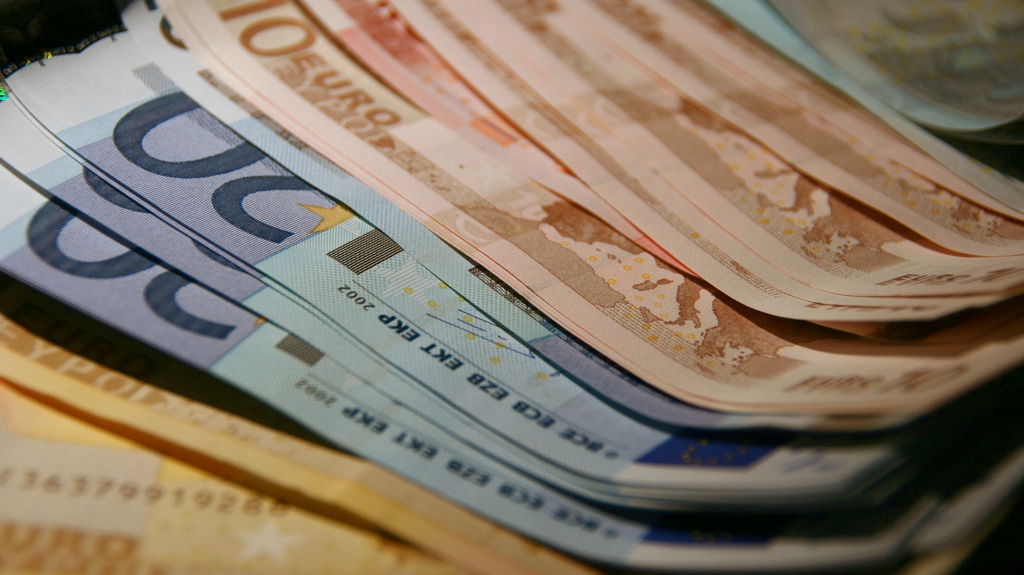
Public opinion on the euro remains ambivalent according to the latest TNS poll. Photo by Pete Rutabaga.
TALLINN — Good night kroon! After months of build-up, Estonia’s eurozone entry on Jan. 1, 2011 was officially confirmed Tuesday by the European Union, consigning its domestic currency to a twilight period before ceasing to be legal tender.
It took tough austerity measures in the midst of the worst recession to hit the smallest Baltic state since independence and prudent government financial planning over the past decade, but the long-term goal of eurozone entry has officially been reached.
At Tuesday’s meeting of the economic and finance ministers of EU at the ECOFIN council the final decision was made and Estonia passed through the final hoop after joining the European Exchange Rate Mechanism in 2004.
Public opinion on the euro remains ambivalent according to the latest TNS poll, which showed less than half of the population supporting the switch in part because of fear of higher prices after average wages have decreased during the economic crisis, something President Toomas Hendrik Ilves acknowledged in statements to the press on Tuesday.
“This is not a miracle, which resolves in a single stroke all our problems and saves us from the last economic downturn. The euro adds, however, to the Estonian economy the stability of our trade relations and … shows that Estonia is a reliable partner,” Ilves said.
Meanwhile the government championed ECOFIN’s decision.
“Today’s decision is recognition of our joint efforts and of our fiscal policy. We are stepping into a eurozone whose economic bases are under way to become stronger. The euro is very important for our economic recovery and for increasing our well-being. Now the state, local governments and businesses will continue with the practical preparation to ensure that the changeover to the euro goes as smoothly as possible,” Minister of Finance Jürgen Ligi said in a statement to the press.
This article is free to view. To read Baltic Reports’ subscription-only articles, click here.












